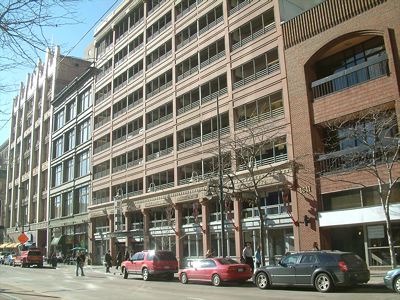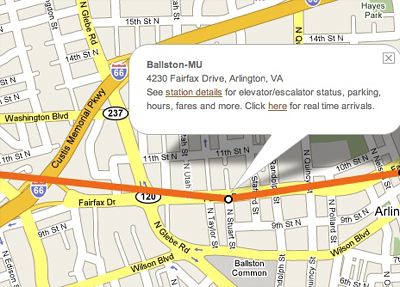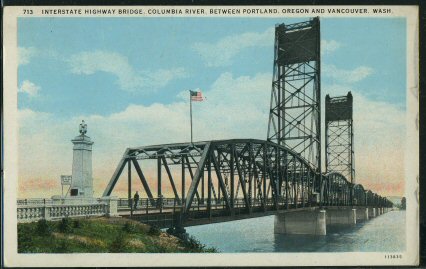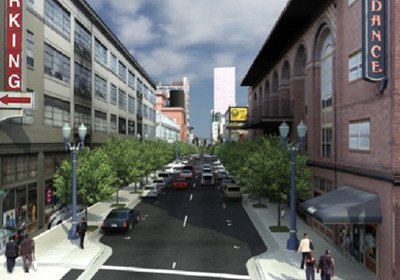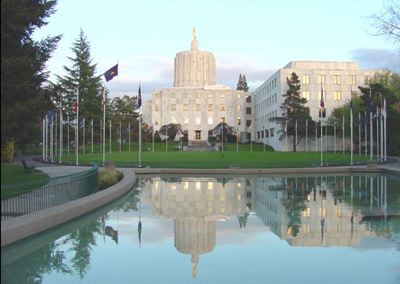The subsidies mentioned in yesterday’s post about Denver were in the form of tax-increment financing (TIF). For those unfamiliar with the term, tax-increment financing is the principal method of funding urban renewal. An urban-renewal agency draws a line around an area to be renewed, and for the next twenty or so years all property taxes collected on any new improvements in that district — the “incremental” taxes — are used to subsidize the renewal program.
Usually, the agency estimates future tax revenues and then sells bonds to be repaid by those revenues. The bond revenues might be used for infrastructure such as streets, improvements such as parking garages and parks, or they might simply be given to the developer as seed money for the project.

